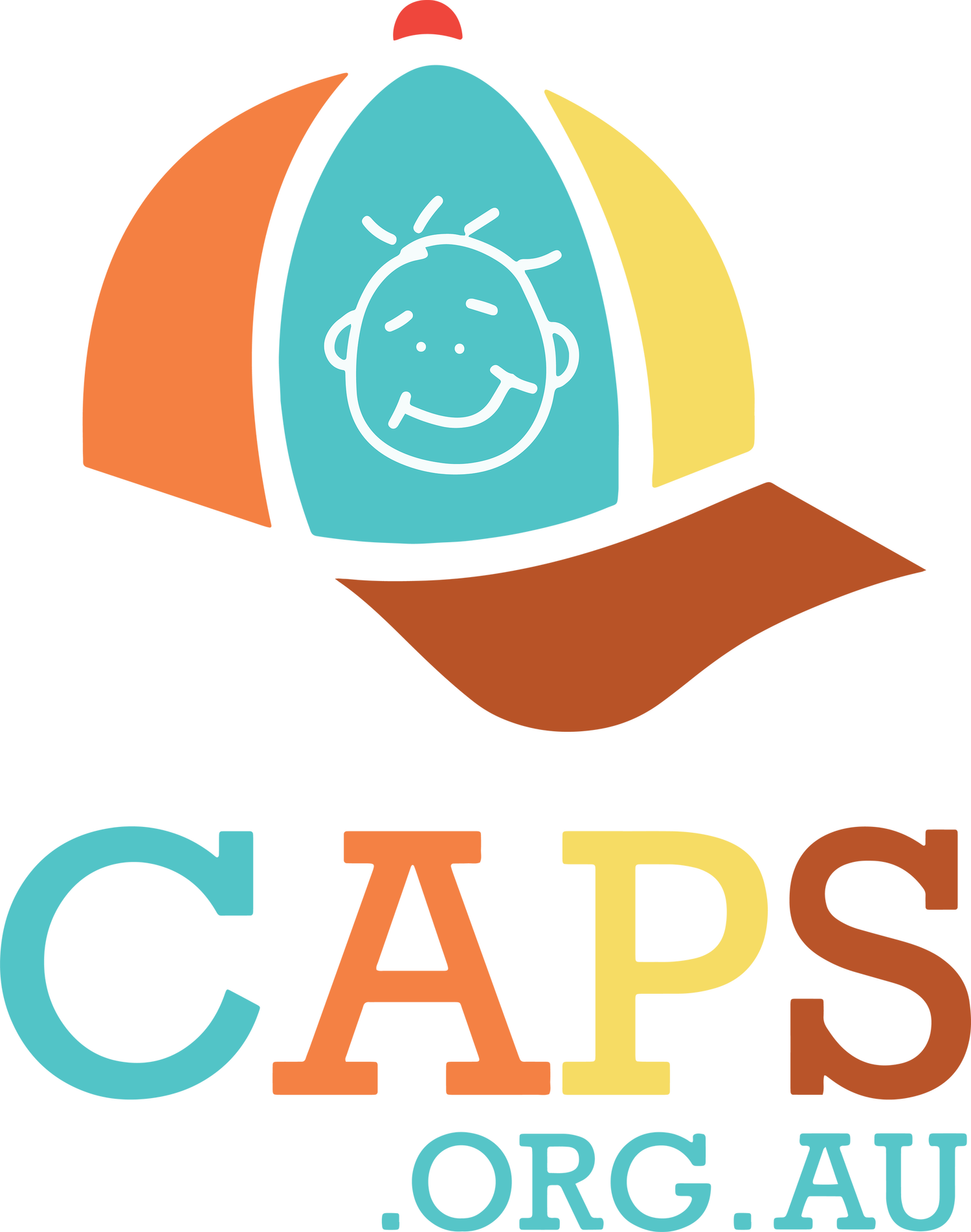Making a “Just in Case Pillowcase”
How to get your children involved in safety planning in an engaging and age appropriate way.
It is natural for parents to want to protect their children from worry. However, involving them in planning for emergencies can actually be quite beneficial for children of all ages. Age-appropriate safety planning activities are a great way to involve your children without overwhelming them. Having open communication about emergency situations helps children to process their worries and regulate their emotions.
A great activity to facilitate emergency preparedness with your children is to create emergency pillowcases, or as we like to call them, “just in case pillowcases!” They are simple and fun to make and are made out of household items that you are likely to already have on hand. An emergency pillowcase can be used to prepare for all kinds of emergencies, including bushfires, flooding, and even domestic violence incidents. Creating emergency pillowcases with your children will help to ensure that your family is prepared if you need to leave home in a rush and your children will have everything they need to feel safe and secure.
An emergency pillowcase created by CAPS psychologist Hillary Milton and her children.
So, how do you make an emergency pillowcase?
Step 1. Gather supplies: you will need permanent markers or fabric paints and light-coloured pillowcases (it is a good idea to have a pillowcase for each child).
Step 2. Discuss the activity with your children. Be open and honest with them. Tell them that you are going to create a “just in case pillowcase” with all the important things they would want to bring if you ever need to leave in a hurry. You can give examples of why they might need it or just keep it vague, depending on how old your children are and what they have experienced.
Step 3. Work with your children to think about what they would want to have in an emergency. Let them come up with the ideas, with your prompting if needed. Some objects they might choose include: a toothbrush and toothpaste, a change of clothes, their favourite toy, a comfort blanket, paper and coloured pencils, and a family photo or special memento.
Step 4. Have your children decorate their pillowcases, including drawings of the items they have come up with. For younger children, you may want to help them label their drawings or write a list of their chosen items on the pillowcase.
Step 5: Put the pillowcases somewhere safe and easy to access in case of an emergency. If you are concerned about domestic violence and would like to keep them hidden, you can flip them inside out so they blend in with your other linens.*
Now you and your children have created a safety plan together! If you ever need to leave in a hurry, use the pillowcases to pack essential items quickly and efficiently. Older children and teenagers can even be in charge of packing their own pillowcases. This will help your family to be well-prepared for emergencies. Equally importantly, having a sense of control in a crisis will help to lower your children’s worries and give them a sense of security.
*If you are concerned about domestic violence, you can contact 1800RESPECT 24/7 by phone or online chat.



